The Rio Grande or Rio Bravo del Norte, as it is called in Mexico, flows from headwaters near Creede in the mountains of southern Colorado south through New Mexico, eventually forming the Texas/Mexico border on its way to Brownsville, before emptying into the Gulf of Mexico. In New Mexico the Rio Grande carves a deep canyon—the Rio Grande Gorge—where the (in)famous Taos Box challenges experienced rafters. This section was designated in 1968 by Congress as the nation’s first Wild and Scenic River.
Paddling in New Mexico often revolves around the Taos Box area near Taos, though it is certainly possible to paddle several other sections of the river as well. Beginning around Albuquerque, the Rio Grande mellows as it flows south and becomes more suited for novice rafters. It might be noted that North Americans often mispronounce the river the “REE-oh GRAND” instead of the more definitive REE-oh GRAHN-day.”
Whitewater experts grade rapids on a scale of one to six. Class l is mostly flat, gently moving water, while Class VI is impossible to navigate. Class V is like a spinning, drenching roller coaster. The other classes fall in between in their whitewater intensity, or lack thereof.
Prime Paddling Season
It’s legal to paddle on the Rio Grande in kayaks, canoes, rafts and other non-motorized watercraft. A prime season for running the river is from late April through early June, and possibly later if winter snow in southern Colorado and northern New Mexico is heavier than usual.
From mid-spring to early summer, water levels are at their highest and rapids the fiercest. The weather then is also somewhat cooler. You don’t want to do a Rio Grande paddling trip in late spring or summer when water levels are apt to be too low for safety and the daytime temperatures amazingly hot.
The High Water Season, lasting until around June 1, offers the best whitewater rafting opportunities. Another good time to raft the river is October or November through March. The optimum water level then registers three to 4.5 feet. There are only six groups of major rapids (higher than class II) on the Rio Grande’s course through New Mexico.
The Rio Grande is divided into three main rafting segments: the Middle Box, the Taos Box, and the Lower Gorge. The Middle Box includes class III and IV rapids, while the Lower Gorge is generally Class II and III. The Taos Box is the most difficult segment, with class IV+ rapids to do battle with. In this article we are mostly concerned with rafting the Lower Gorge.
Rio Grande Valley State Park, south of Albuquerque, is one place to head for when thinking about rafting the mid-section of the river. The park was established by the state legislature in 1983. Large cottonwood trees and willows create a cool, shady forest and provide habitat for beaver, turtles, snakes, coyotes and numerous bird species.
While the Upper Rio Grande is famous for the whitewater that cascades through the canyons of northern New Mexico, the middle Rio Grande provides a gentler, family-friendly experience. The river here feels exceptionally remote, particularly given its close proximity to a major metropolitan center. The Rio Grande is a critical resource for wildlife in the arid, high desert climate of central and southern New Mexico.
The Lower Gorge
If you’re looking for a relaxing trip through a beautiful volcanic canyon with mild Class II rapids thrown in, the Rio Grande Float is a perfect choice for first-time rafters, with the morning section offering an opportunity to get comfortable with moving water. The Lower Canyon trip is often canoed and can be paddled when the water is high, but kayaks are probably your best choice.
The day we were on the river we spent the morning in the gentle Orilla Verde State Park section, flanked by green meadows. It’s peaceful here, a perfect introduction to the Rio Grande Gorge. After a riverside lunch, we headed into the Rollercoaster Class III rapids. This is an excellent trip for those persons who want to experience the thrill of whitewater rapids but ease gradually into them.
Three companies in the area offer rafting trips: Cottam’s Rio Grande Rafting, Copper King Trail, Taos, NM 87571, tel. 575-758-9342; Big River Raft Trips, 13 Camino Sur Del Llano Quemado, Rancho de Taos, NM 87557, tel. 575-758-9711; and Far Flung Adventures, 15 New Mexico 522, El Prado, NM 87529, tel. 575-758-2628.
Two of the most popular routes found here are the Racecourse, featuring Class II and III rapids among the cliffs of Pilar Canyon, and the Lower Gorge, a more relaxed float among magnificent New Mexico scenery. The river gorge is home to numerous wildlife species, including bighorn sheep, otters, and the Rio Grande cutthroat trout.
The Racecourse is a five-mile stretch of whitewater located along NM 68, which offers an exciting ride that isn’t as physically or mentally challenging as the Taos Box farther north.
The Racecourse section ranges from a wild class III+ ride during the spring high-water to a more technically demanding run as water goes down and rocks make their appearance in July and August. In spring and early summer, be prepared for lots of cold water and big waves. As summer continues, your guide will ask you to help maneuver the raft through many tight slots. As the water warms up, there is more opportunity for warm-water fun, such as swimming.
After entering the Racecourse, the geology radically chances as we pass over the Rio Grande fault line, one of the largest intercontinental faults in North America. The Racecourse features a variety of thrills for you and your family. Approximately five miles long, it takes three+ hours to go through. Available all season long, the Racecourse is a great trip for beginning whitewater enthusiasts, as well as experienced rafters who want a quick adrenaline fix.
WhiteWater Weekends Kayak and Bicycle Rentals, tel. 575-740-3784, or online at WhiteWaterWeekends@Live.com, Truth or Consequences, New Mexico, offers another relaxing way to enjoy the Rio Grande. With guided trips available for persons from 1 to 100, and trip lengths varying from two to eight hours, the company caters to individual and group needs. The telephone no. is 575-740-3784; ask for Capt. Bob.
People come from all over America to raft the Rio Grande. For a complete description of the river, go online at www.southwestpaddler.com; click to “Texas,” then select “Rio Grande”. New Mexico whitewater rafting is one of the most exciting vacation opportunities available in the American Southwest.
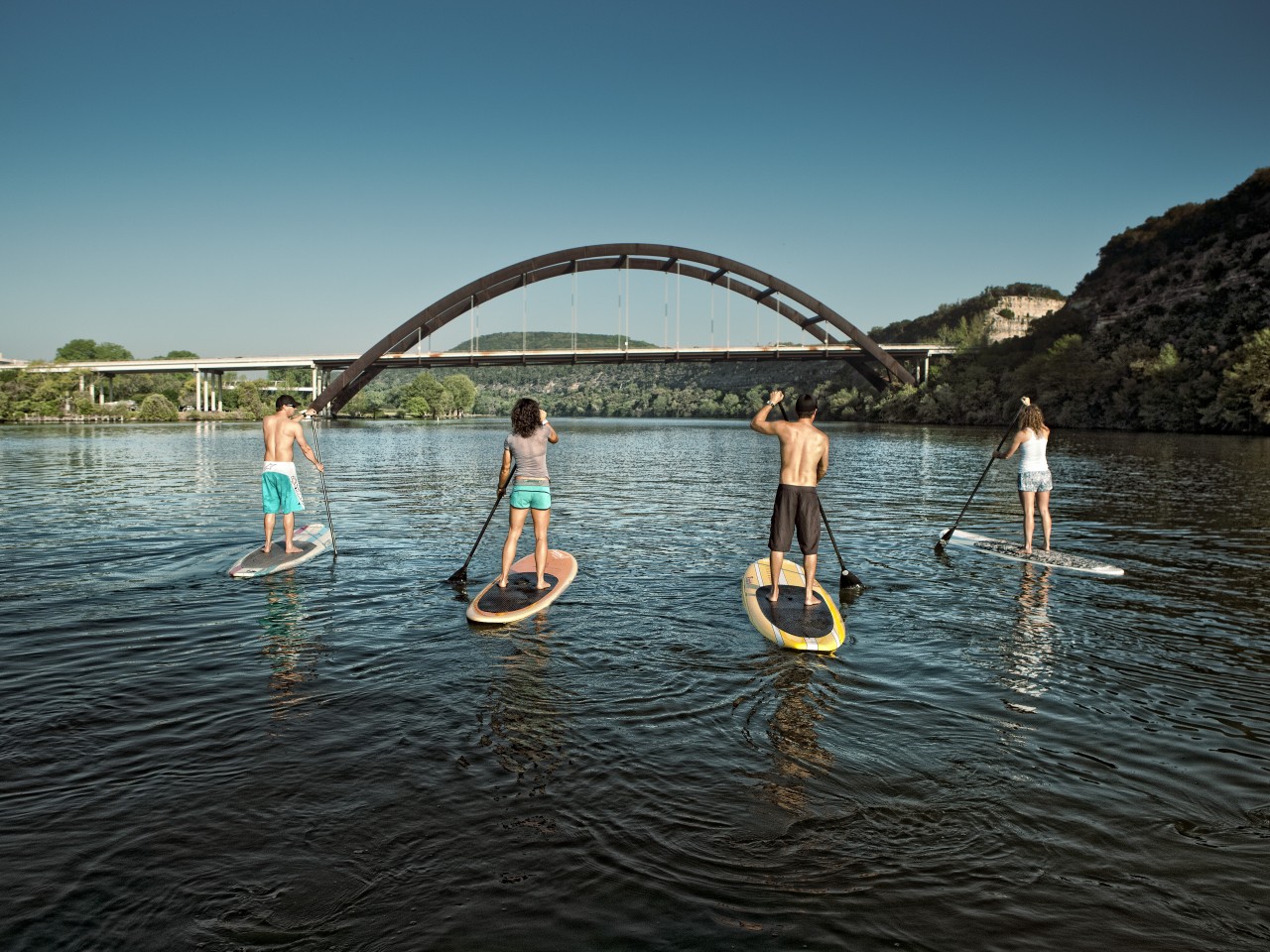

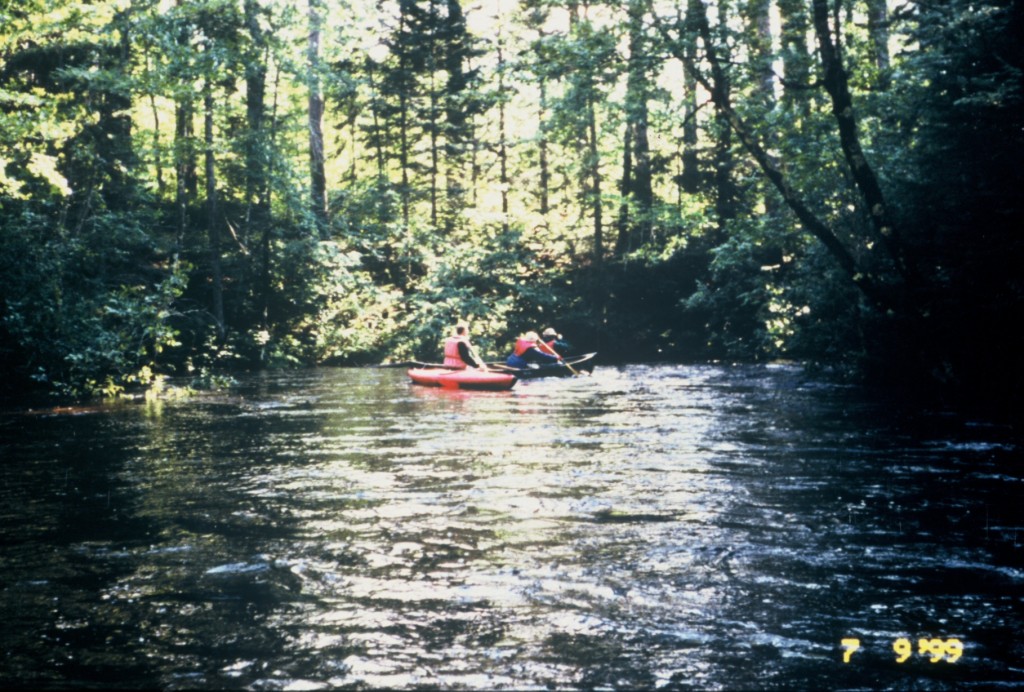
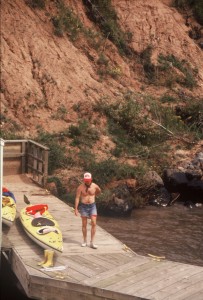
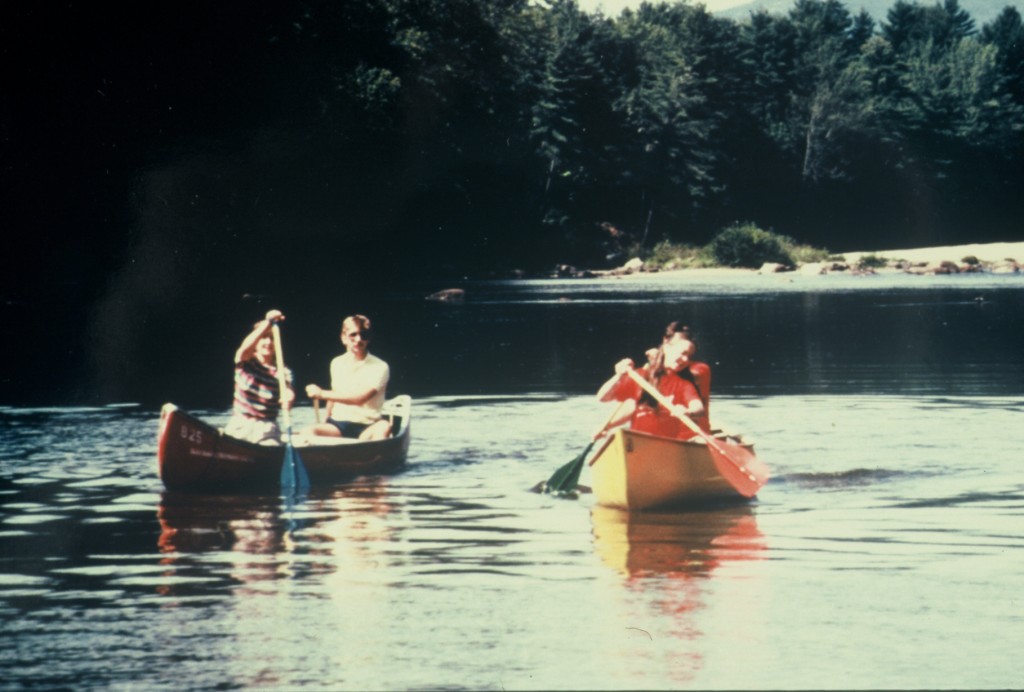
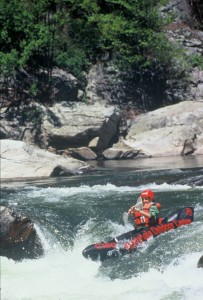
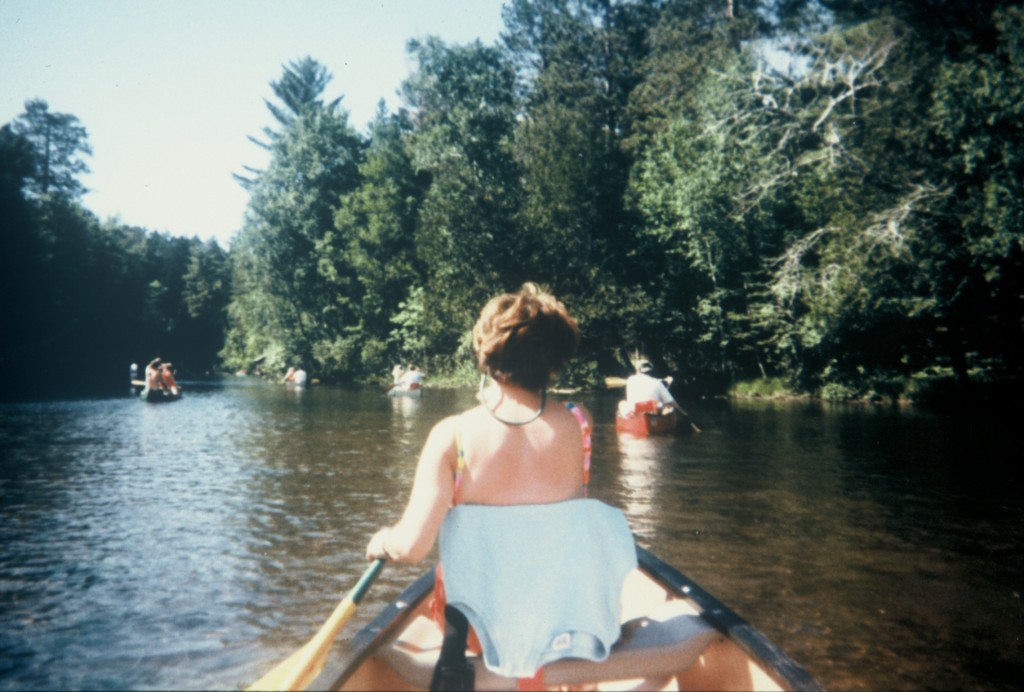
Follow us for the latest news!